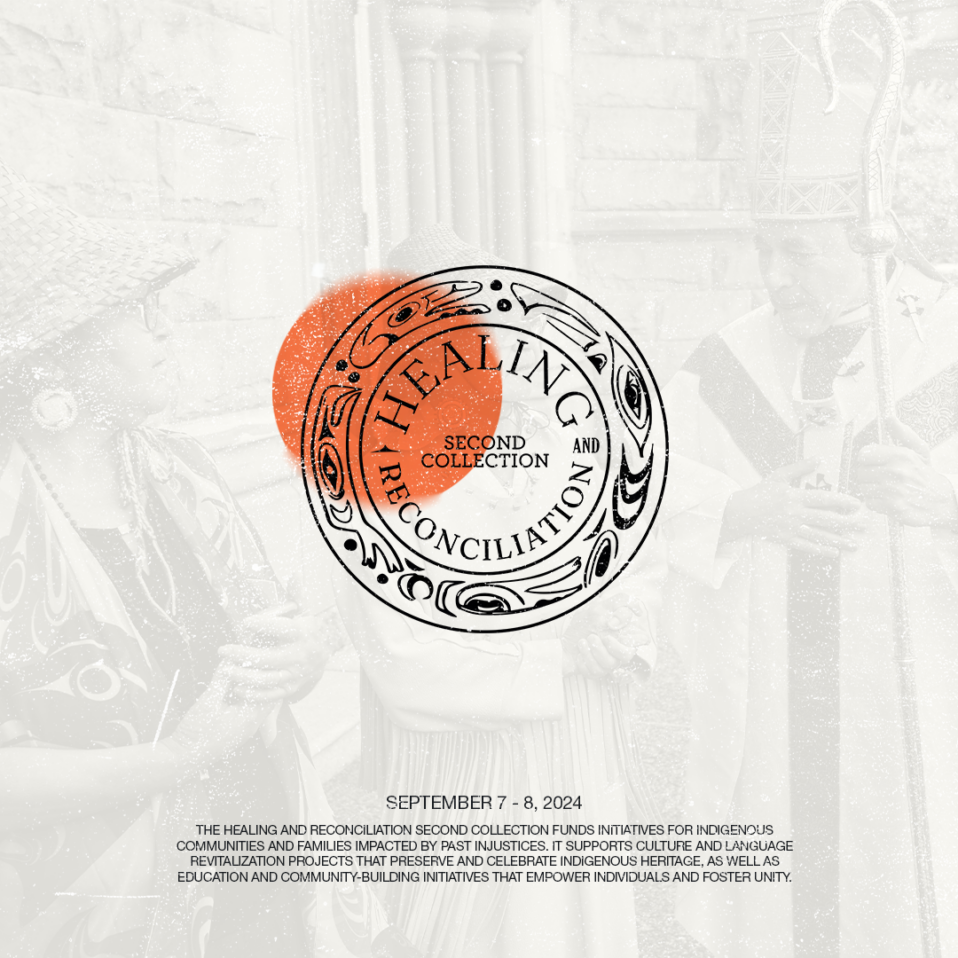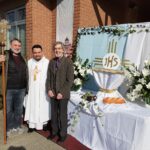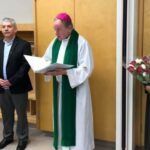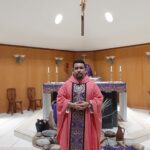By Fr. Hien Nguyen
Over the past 10 years, the youth of the Archdiocese of Vancouver have matured spiritually. Those who work directly with them on the diocesan level and coordinators in the parishes can attest to this through what they have witnessed through youth events and training. The efforts and the input from the Office of Youth and Young Adults Ministry (OYYAM) pay dividend in the changes and maturation of the youth through their formation, training, and support.
Saying this, we still need to work on those majority young people who hunger for the relationship with Jesus and who are so desperately need our guidance.
Here are some general trends for youth and young adults in Vancouver:
- Youth and young adults lack a Catholic vocabulary, agree with the Church on basic teachings, but disagree on structure.
- Youth and young adults hunger for spirituality, but not religion. They desire to grow in faith and spirituality.
- Youth and young adults have a strong desire for belonging and for community.
- Youth and young adults rely on personal authority. They value God’s law over Church law, and the internal over the external.
- Youth and young adults have experienced racial diversity and a multicultural world.
- Youth and young adults have a strong service orientation, and place more emphasis on service and justice than previous generations.
Some issues that young people face are:
- Prevailing society & culture: they are living in a non-Christian world
- Media message
- Yearning for positive faith role models Feeling that individuals and society have no faith in them
- Hunger for discovery of primary vocation
- Need for reconciliation
The biggest challenge to youth ministry is that today’s youth are hyper -busy and over-schedule. The youth are busy with:
- school activities: studying, student councils, athletics, performing arts, clubs
- outside of school (active activities): sports, clubs, jobs, volunteering
- outside of school (inactive activities): video games, internet, Facebook, Twitter, cell phones, iPods
Thus, we are competing for young people’s time and attention. In addition with the rapid rise of social media, it is even more challenging to build genuine relationships and connections with the youth, as opposed to quick, impersonal messages.
In general, this young Catholic generation through their interests and behaviors, they illustrate to us identity loss. “The bonds that tie them to the institutional Church have slipped considerably,” and the result from the UNC confirms the norm of many young people today whose lifestyles are “far outside of official Church norms defining true Catholic faithfulness.” For the X generation and the millennial their attitudes would be “I do not have to go to church in order to be good.”













